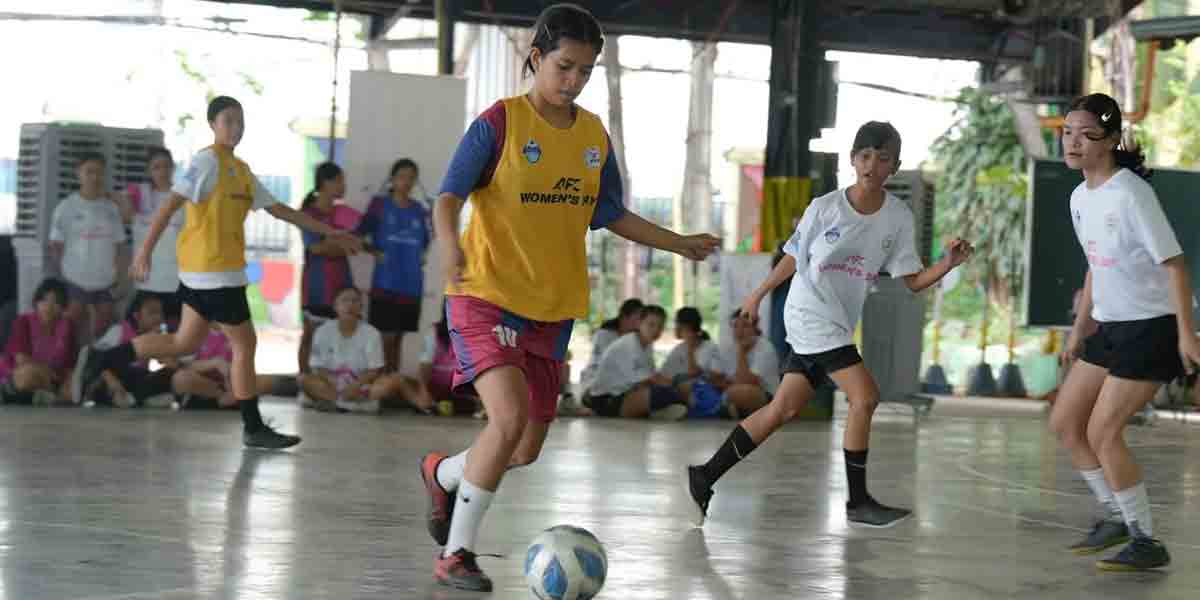Illegal fishing in municipal waters has long been a thorn in the side of small-scale fisherfolk as it threatens their livelihoods, food security, and the fragile marine environment.
Despite the existence of laws like the amended Fisheries Code (Republic Act 10654), enforcement remains weak due to systemic challenges, particularly the lack of transparency in vessel monitoring data.
The Bureau of Fisheries and Aquatic Resources (BFAR) must lead by example in addressing this crisis. While 90% of commercial fishing vessels are equipped with Vessel Monitoring Mechanisms (VMM), BFAR’s “refusal” to share data with enforcement agencies and local governments undermines the very purpose of this technology. Laws are meaningless without action, and data locked in secrecy is as good as no data at all.
Municipal waters are meant to be sanctuaries for small-scale fishers, yet commercial vessels continue to intrude. Oceana Philippines’ Karagatan Patrol, which tracks illegal fishing activities using satellite technology, reported nearly 29,000 potential violations in 2024—an increase from the previous year.
The upward trend is alarming, considering the role of artisanal fisherfolk in providing food for millions of Filipinos. With dwindling fish stocks and encroachments unchecked, the food security of coastal communities hangs by a thread.
The situation is made worse by BFAR’s apparent apathy. When Oceana requested information about violators and enforcement actions, the agency declined, citing ambiguous reasons. This refusal to release data goes against its mandate and hampers the ability of law enforcers to act decisively.
Local governments, already underfunded and underequipped, are left to fend for themselves. Some report sightings of illegal vessels weekly but lack the patrol boats or personnel to apprehend violators.
What’s at stake here is more than just fish and livelihoods—it’s the survival of an entire ecosystem. Overfishing caused by illegal commercial activities depletes resources faster than they can regenerate, threatening marine biodiversity. Climate change, overfishing, and resource depletion are already grave concerns, and illegal fishing only accelerates these crises.
The solution starts with transparency. BFAR must share VMM data with stakeholders, including the Philippine Coast Guard, PNP Maritime Group, local governments, and advocacy groups like Oceana. Access to this information would empower enforcement agencies to monitor and respond to violations in real-time.
Collaboration is another critical piece of the puzzle. Initiatives like the Hingoog Bay Alliance, which brings together multiple municipalities to combat illegal fishing, prove that cooperation works. However, such efforts can only succeed with adequate support from the national government. Funding must be allocated for patrol boats, monitoring equipment, and training programs to enhance local capacities.
Public participation should also be encouraged. Platforms like Oceana’s Karagatan Patrol allow ordinary citizens to contribute to monitoring efforts. Empowering communities to report violations can create a network of eyes and ears that illegal operators cannot easily evade.
Lastly, the legal system must step up. The Department of Justice and the Integrated Bar of the Philippines can play a crucial role in prosecuting violators and supporting fisherfolk in seeking justice. Impunity cannot be allowed to thrive in the ranks of illegal commercial fishers.
The livelihood of millions of Filipinos, the health of marine ecosystems, and the sustainability of the nation’s fisheries depend on immediate action. The government, particularly BFAR, must stop treating data as a secret and start using it as a weapon against those who plunder municipal waters. Transparency, collaboration, and decisive enforcement are the keys to turning the tide. If we fail to act now, the cost will be more than just economic—it will be existential.

























